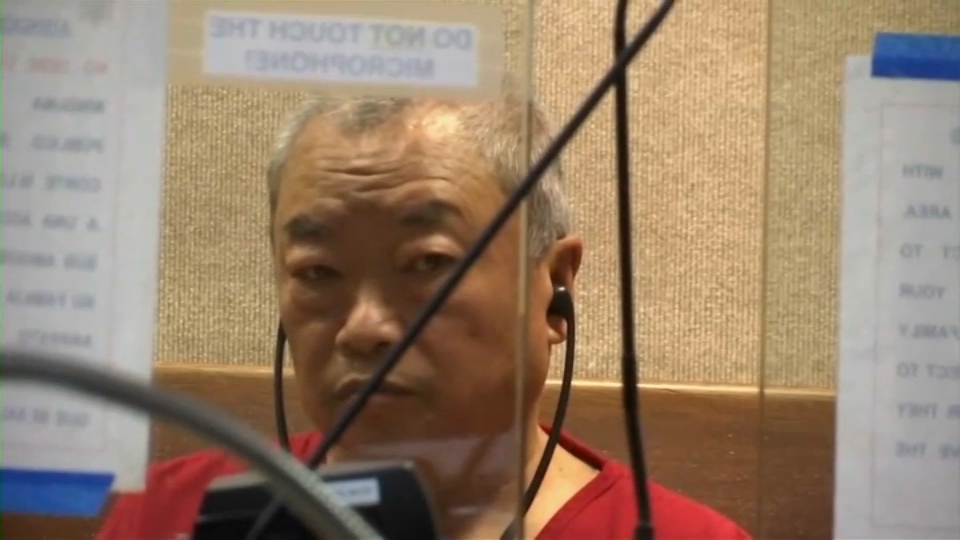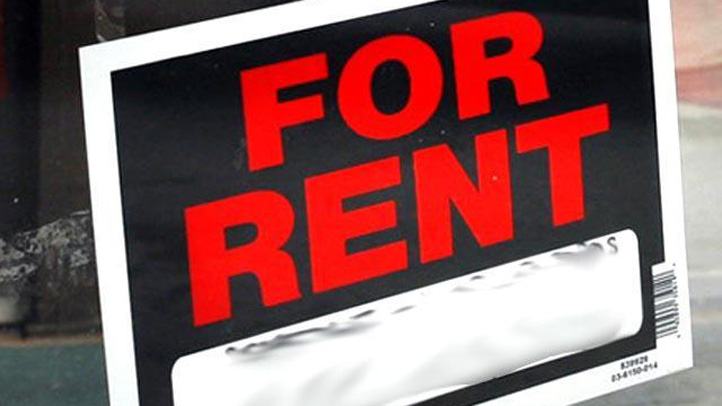California Gov. Gavin Newsom proposed Friday a $90 billion budget aimed at helping schools rebound from the COVID-19 pandemic, as he pushes public schools to resume in-person classes quickly.
Most of California’s 6 million public school students have not seen the inside of a classroom in 10 months, since the state’s first shutdown in mid-March that closed classrooms in most of the state’s more than 1,000 school districts.
Newsom's 2021 budget proposal makes reopening schools and helping the students who have struggled most during the pandemic one of the key priorities. He predicted the state will get billions more in additional federal funding once President-elect Joe Biden takes office, including $6.7 billion in education funding.
“We are proposing to the Legislature a record investment in our public schools, unprecedented in California history,” Newsom said. “We are investing energy and our focus to deal with the disproportionate impacts of this pandemic on ... our lower-income communities.”
It needs approval from the state Legislature to take effect and drew quick objections from teachers and others who said it fell short of truly addressing inequities and safety needs.
Newsom’s claim of a record nearly $90 billion to schools is accurate yet overstates his generosity "to try to make it look better than it is,” said Kevin Gordon, who lobbies for most of the state’s public school districts.
It includes state money into the teachers’ retirement system as well as Newsom’s proposal of a one-time $2 billion allocation to schools. Previous governors similarly included “the kitchen sink” to make their education spending proposals look higher, he said.
Local
A better number, Gordon said, is the $85.8 billion that local schools spend on education from what’s known as Proposition 98 money, which requires the state to devote a percentage of its overall revenue to K-14 schools. That also is a record — but with inflation alone every year is likely to bring a new record.
As an incentive for schools to reopen this spring, Newsom proposed advancing school districts $2 billion, if they submit a plan by Feb. 1 to resume in-person instruction by mid-February. It calls for the money to be spent on coronavirus testing, personal protective equipment and increased classroom ventilation.
It has drawn lukewarm support from teachers unions and school districts who say the funding is not sufficient to ensure safety, as COVID-19 case rates and deaths skyrocket in California, and it risks deepening the inequities that the pandemic has already laid bare. But Newsom says passing the plan is urgent — schools can't wait for the money.
The plan includes a one-time payment of at least $450 per student for school districts that offer in-person instruction, although they still would be required to offer distance learning as an option. It proposes a phased approach that prioritizes the state’s youngest students and those with special needs, who have struggled the most during months of distance learning. Schools that serve low-income families, English learners and foster children could qualify for additional funding.
“Any discussion of returning to in-person instruction is premature,” responded the California Federation of Teachers. “If we can’t get the pandemic under control, we cannot ensure a safe learning environment.”
The governor said Friday that $2 billion comes on top of $85.8 billion in funding for K-12 schools and community colleges next year, reflecting what he called the highest level of per-pupil spending in state history.
More than $4 billion would be dedicated to summer school and other programs to make up for learning time that students have lost during the pandemic, he said.
But schools would only qualify to reopen in counties where the seven-day average coronavirus case rate is at or below 28 per 100,000 residents, which would likely slow the reopening schedule in the counties hardest hit by the pandemic. The superintendents of seven large California school districts, including the four biggest districts of Los Angeles, San Diego, Fresno and Long Beach, voiced concerns in a joint letter to Newsom earlier this week that were echoed Friday by the Los Angeles teachers' union.
His proposal has “a built-in bias against large districts like LA Unified,” which are least likely to reopen because of high infection levels in the community, Cecily Myart-Cruz, president of United Teachers Los Angeles, said in a statement Friday. "Students in wealthy areas would benefit, while low-income children would be left behind. This provision would exacerbate inequities.”
Newsom has said his recommendation to get schools back open this spring was driven by increasing evidence that there are lower risks and increased benefits from in-person instruction, particularly for the youngest students. It comes amid increased pressure from parents and politicians to reopen campuses.
To qualify, school districts must submit a COVID-19 safety plan by Feb. 1, with approval from local health authorities, and commit to regular testing and all students and teachers wearing masks. Schools would reopen in phases, starting in mid-February for students in transitional kindergarten through second grade and children who are homeless, in foster care and without access to computing devices or high-speed internet.
The budget also includes additional funding for higher education, with $786 million in new money for California State University and the University of California.
Newsom also is proposing $100 million in one-time funding for community colleges, plus $30 million for the California State University system and $15 million the University of California system to help with things like housing, food insecurity, mental health and technology issues for students.
Newsom said Friday his full $227 billion budget proposal comes as the state faces “a challenge the likes of which we never expected.”
Public education accounts for roughly 40% of all state general fund spending. The amount of money school districts receive fluctuates annually based on a complicated formula outlined in the state Constitution that is based on revenues, per capita personal income and school attendance.
___
Thompson reported from Sacramento, California.



